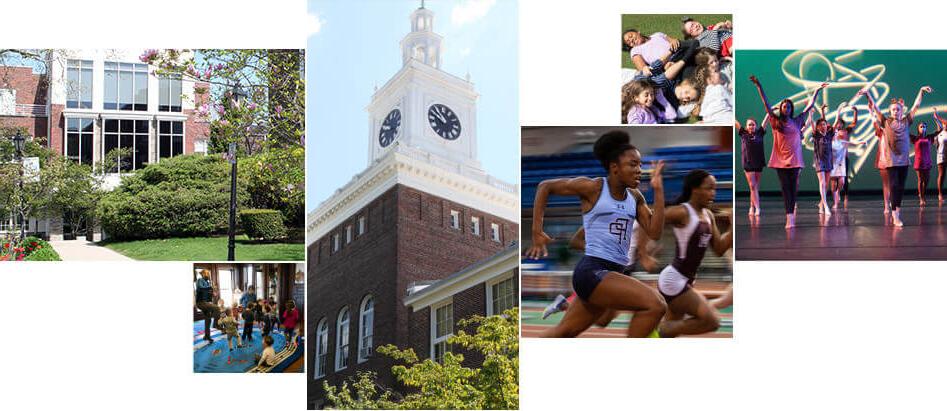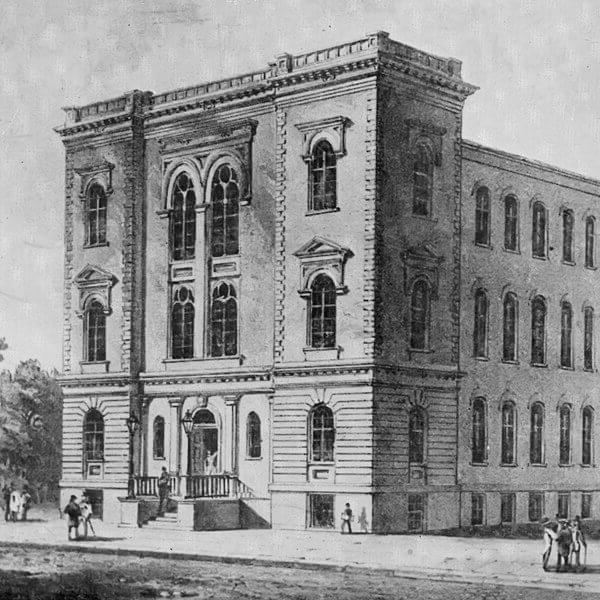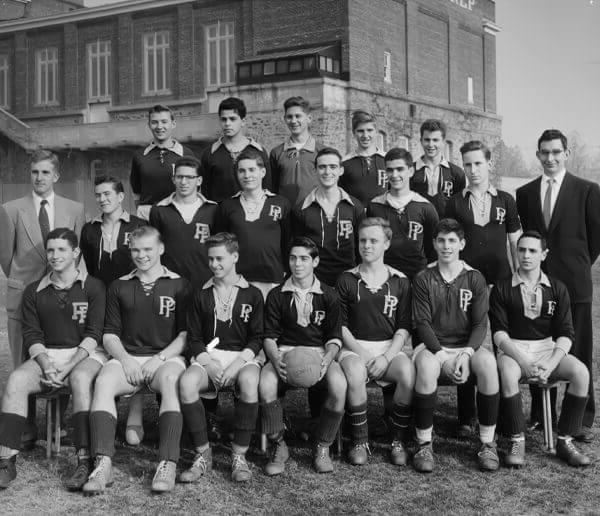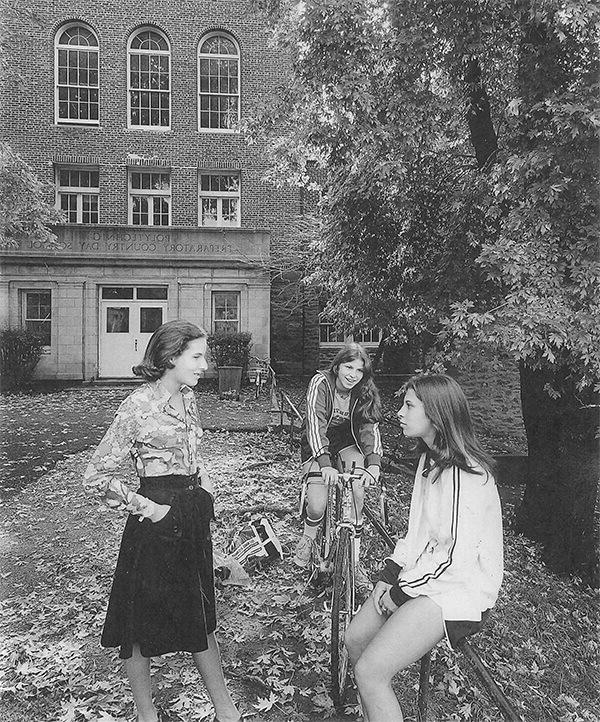About
Mission and History
Considering Poly? We'd love to meet you!
DIVERSITY
EXCELLENCE
BROOKLYN
From Nursery to Grade 12, Poly Prep is a place where curiosity and collaboration shift perspectives and open minds. For those who choose it, the Poly experience—a love of learning, the pursuit of excellence, and friendships—lasts a lifetime.

A SCHOOL GROWS
IN BROOKLYN
In 1854, the Brooklyn Collegiate and Polytechnic Institute, the first school for boys in the City of Brooklyn, opened its doors at 99 Livingston Street in Brooklyn Heights. “The Poly,” as it soon became known, offered an academic program designed to rival those at the most prestigious boarding schools of the time. However, the school intended its boys to remain “surrounded by all the saving influences of home and the family circle.”
Poly’s first trustees promised a program offering excellence “in all those studies and attainments that can enlarge the understanding, develop the mental action, cultivate the mind, and beautify and adorn the intellect and the heart.” These original ideals—respect for academic rigor and for the bonds of family and community—inform the school to this day.
Over the next thirty-five years, the school flourished, with its rigorous college preparatory program drawing students from all over Brooklyn and New York. Students in the upper grades were engaged in a full course of college-level studies, and it eventually became clear that the preparatory school and the collegiate division should be separated. In 1891, the construction of a new building next door provided a home for the college, to be known as the Polytechnic Institute of Brooklyn.
The Polytechnic Preparatory Institute continued to thrive at 99 Livingston Street, and by the mid-1890s was one of the largest prep schools in the country, with over six hundred students. Now independent from the college, Poly Prep students took a more active role in shaping the school for themselves, creating a newspaper, a dramatic society, and a debating club, and urging the school administration to provide more opportunities for athletics.

BECOMING A
COUNTRY DAY SCHOOL
The headmaster at the time, Dr. Francis Lane, supported the students and encouraged attention to physical activity as a critical part of the students’ education and development. In 1905, the school purchased a plot of land between Ocean Parkway and Gravesend Avenue for use as athletic fields. The students traveled there on the Culver Line Elevated (now the F train) at the end of the academic day.
Dr. Lane believed that the inclusion of physical education had broad benefits. Of the new program he wrote, “In addition to the sounder bodies and surer morals that naturally attend properly regulated athletics, the school has been able to secure a more consistent scholarship and a finer esprit de corps, and to give wider opportunity for development in leadership and in practical experience.”
Lane’s vision expanded with the rise of the country day school around the country. In keeping with the mission of the school’s founders, Lane argued that the school could best provide for its students by offering a full program of academics, arts, and athletics—in a campus setting.
In 1916, a twenty-five-acre parcel of land, formerly the Dyker Meadow Golf Course, was offered to the trustees. On July 1 of that year, the Polytechnic Preparatory Country Day School was incorporated.
Construction at the new site was still underway as 350 students arrived to begin classes in the fall of 1917. They quickly became accustomed to staying on after school, engaged in the wide range of activities that continue to make up the country day school experience today.

GROWTH & CHANGE
—1970s TO TODAY
Under the leadership of Headmaster William M. Williams, Poly began the transition to coeducation in the mid-1970s, graduating its first class of girls and boys in 1979. The headmaster and trustees believed that young people must be educated in an environment that reflects the make-up of the world around them. Admitting girls was just the first step in creating the diverse student body that is Poly Prep today.
Poly Prep expanded dramatically in 1995 with the acquisition of the site of the former historic Woodward Park School (or, as it’s sometimes known, “The Mansion”) on Prospect Park West in Park Slope. As Poly Prep’s Lower School, this second campus provides an intimate, nurturing, and academically stimulating early childhood experience for Nursery through Grade 4 students. Fully prepared for Middle School, children move on to “big Poly” in the Grade 5.
Today’s Poly Prep family is as diverse and rich in experience and tradition as New York City itself. After more than 160 years, we continue to honor the mission of the school’s founders, providing an outstanding academic program and a strong, supportive community for the city’s brightest and most promising young people.

